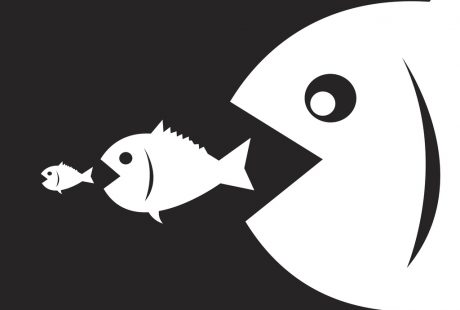By: David Hood, Induron CEO

I am an outdoorsman. I fish, hunt, hike and love the land. When the Cuyahoga river caught fire in Cleveland and the air in Birmingham was yellow, something had to be done. The EPA was established and Congress, abdicating its responsibilities, gave it the authority to make law. The new laws were called regulations. Without comment on the value of these regulations, when a company is required to reformulate a product with sales in the thousands of gallons, it costs more that the same effort spread over tens of thousands of gallons. Larger companies clearly had an advantage with these regulations. The first 90% of “clean up” of the water and air was relatively easy to do. The EPA is still writing regulations trying to eliminate the next 10% of “pollution” without any regard for a cost/benefit analysis. A further advantage to larger companies.
It is certain that workers were being injured and exposed to life threatening chemicals. OSHA was established to address this issue. In the same manner, regulations were promulgated and enforced. I believe many of these regulations were and are good for all of us, but the cost of them is disproportionately borne by smaller companies.
The early regulations were simple and effective. No government entity ever quits though. Lately, the regulations are clearly less valuable but more expensive, especially for smaller companies. An easy-to-understand over-regulation is a current issue for us. We have recently been required to completely re-write our safety data sheets from the old, established, easy-to-understand six-or-seven-page Material Safety Data Sheet to a SDS in a form dictated by the U.N. It is 20-25 pages of information, which adds absolutely nothing of value to the worker using the material. It has so much detail as to make it less valuable to the worker. The conversion is a large expense for every product we make. It is a large expense for the big companies, too. They spread that over ten, a hundred or a thousand times as many gallons as do we. Another advantage for the big companies.
There were many other influences on consolidation – remember prime rates of 20+%? And, the pressure is continuing. For example, Sherwin Williams (2016 sales $11.86 billion) is buying Valspar (2015 sales $4.39 billion) and PPG (2016 sales $14.75 billion) is trying to buy AkzoNobel (2016 sales $13.3 billion). The big fish have eaten most of the small fish. Now, the really big fish are now eating the other really big fish.
Where does that leave Induron and its customers? Well, we are still here, and we intend to stay. We can do things quicker, easier, friendlier and in a more personal way than can the “big guys.” We can react to our customers’ needs and changing needs quickly. We can formulate or reformulate quicker. We can know our customers and their markets better. We are truly partners to our customers. If you need to talk to someone “in charge,” just call and ask. We think we are a valuable asset to our customers, and we intend to work hard to make them think so, too.
We’re determined to continue adding reliable protection through innovative coatings. We will do it with integrity and respect.





That is a great treatise. Pennsbury Coatings went through this in the 80’s and 90’s and did not survive.